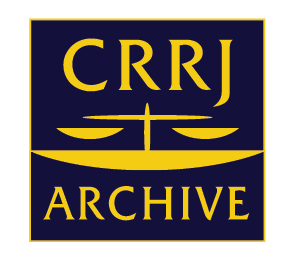Map Guide
Markers
Individual incidents are represented by blue markers that, when clicked, display the details of the incident at that location in a marker popup. Visit the top link in the marker popup for more information about the incident, and to access the Burnham-Nobles Digital Archive records on the people and documents associated with the incident.
Locations with multiple incidents are indicated with heatmap markers (yellow, orange, and red circles). To view all incident data for a location, click the marker to zoom in on that area of the map. Then select the individual incident markers to view the details of each incident.
Filters
The map filters allow you to narrow your search by date, location type, and location. To use the date filter, enter or select years between 1930 - 1954 for the To and From fields.
For location type and location searches, click the checkbox beside the name of one or more location types, and one or more state, county, or city locations to refine your search.
After making your selections click Apply filters to update the map. To reset your search, click Clear filters
View
To increase or reduce the map's zoom level, click the + and - buttons on the zoom control in the bottom right corner.
Research notes
The distribution of cases on the map over-represents states, counties and cities in which CRRJ has conducted most of its research over the past decade. For example, CRRJ has concentrated its efforts in Birmingham, AL and New Orleans, LA, resulting in the discovery of many cases in these cities. Thus, their representation on the map may make them appear exceptionally violent places, as compared to locations like Dallas, TX or Jackson, MS.
It should be noted that the map, along with the rest of the cases in the archive, skew towards areas in which records of racial violence were created and subsequently discovered in an archive or other repository. There are vast swathes of the country where racist violence took its victims leaving no impression on the historical record.
For more information on our research strategies, see the Research entry.
Historical considerations
Please be aware that cases are displayed on a contemporary map of the United States. This map does not reflect the geography during the period in which the incidents took place.
Across the period this archive spans (1930-1954), the built American landscape changed dramatically. Highways replaced county roads, suburban sprawl absorbed outlying communities, and urban renewal bulldozed Black neighborhoods in the name of progress. Some locales vanished completely as mid-century migration to larger urban centers depopulated the countryside.
While researchers and archivists who have assembled this archive have done their best to record the locations of each incident, researchers might want to further explore these locations via historical map databases such as the Sanborn Map collection at the Library of Congress or the USGS Historical Topographic Map Explorer.
Data reference
- Visit Sources for information on our data sources.
- To learn about our data collection, see our Methodology entry.
- For information about the terms used to describe incidents on the map, see our Data Dictionary and terminology Discussion.



